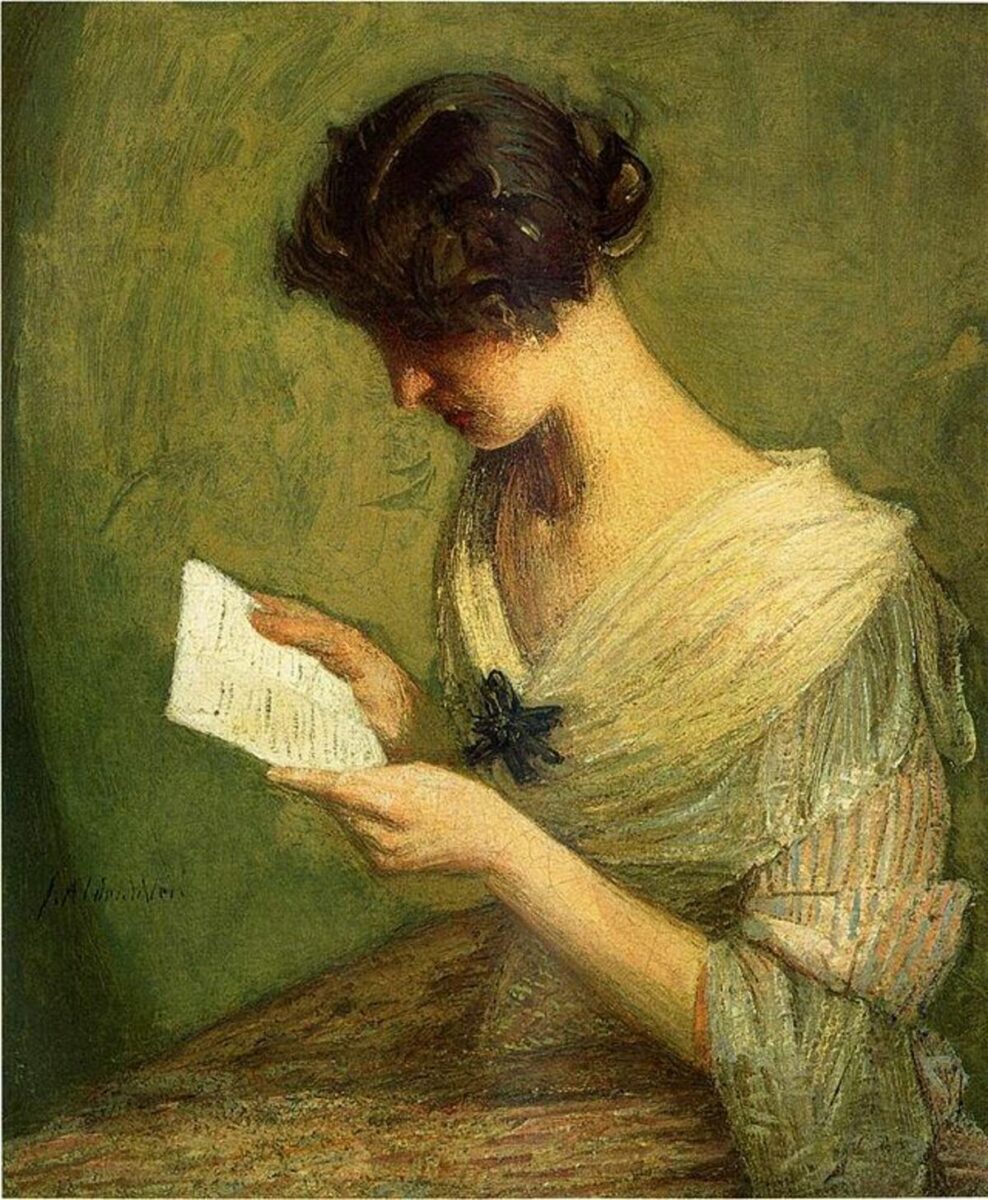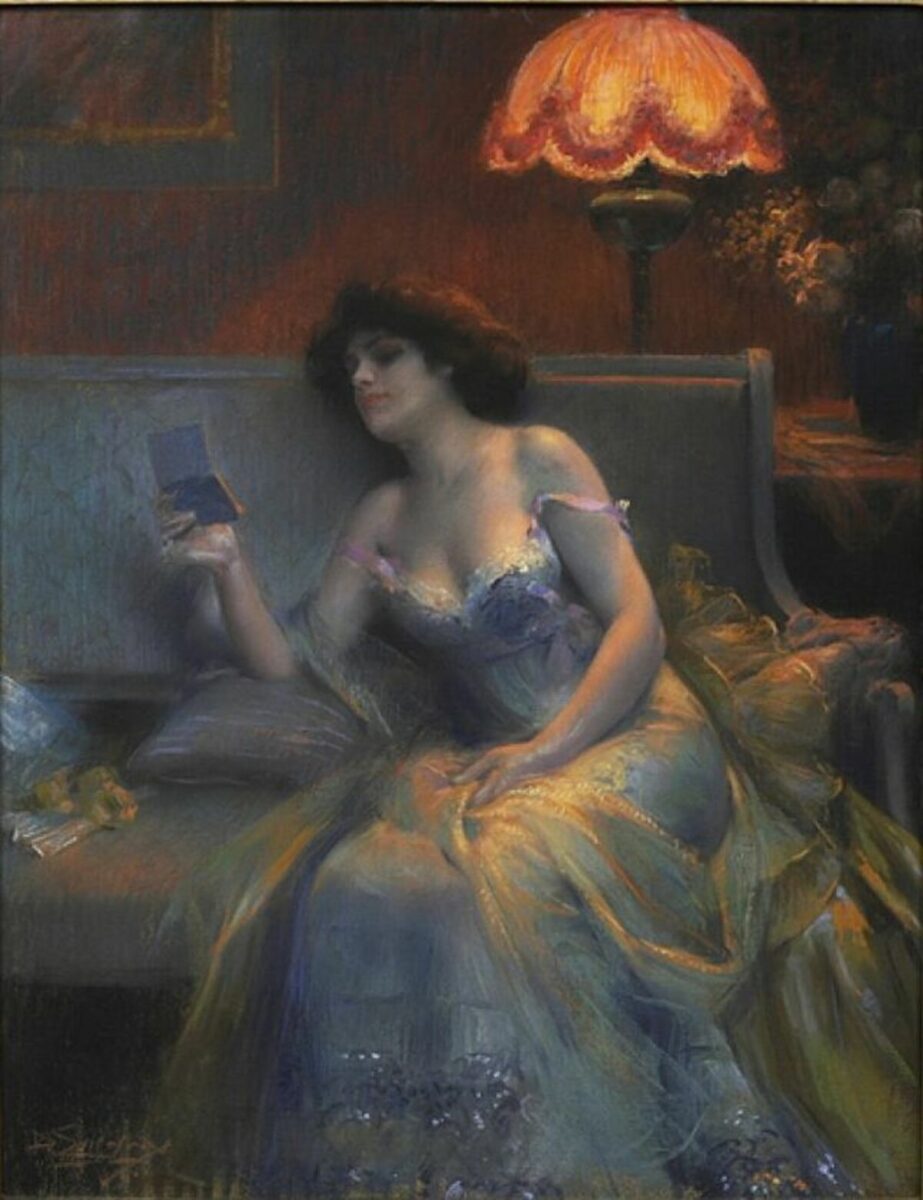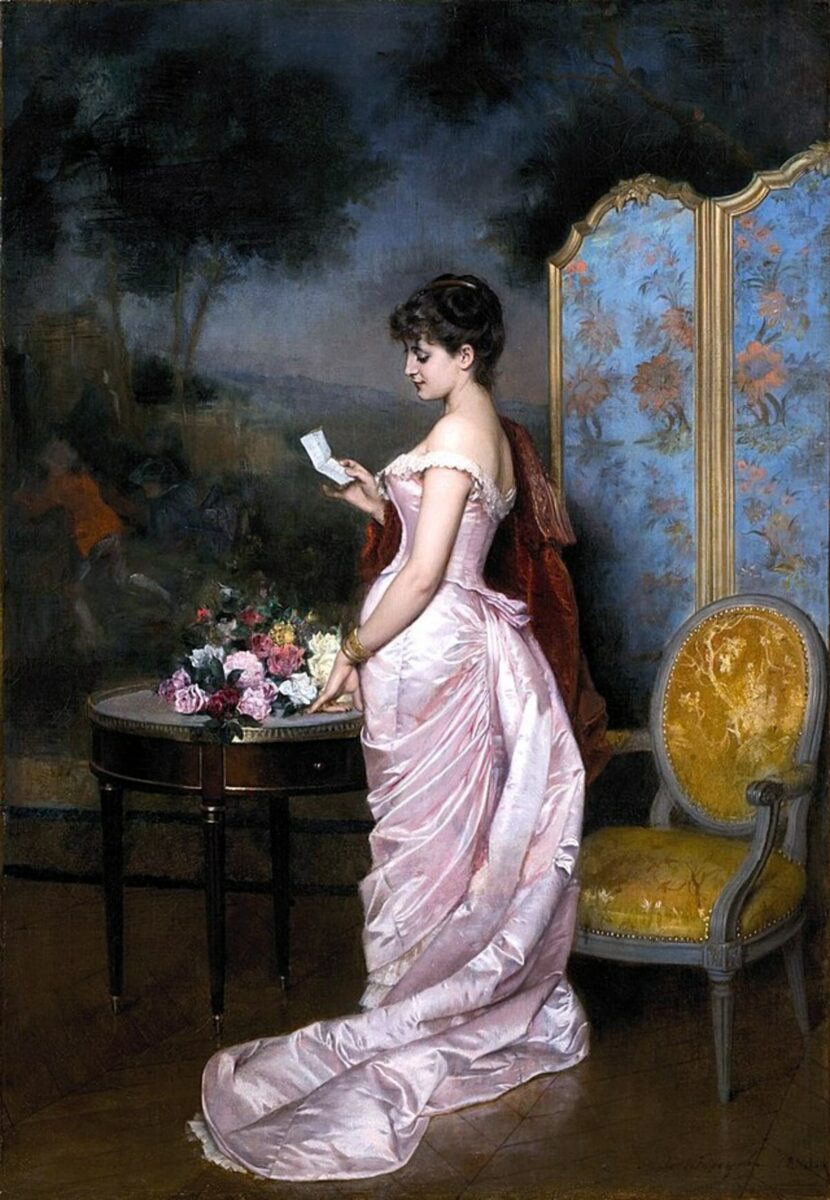The 10 best epistolary writers are Richardson, Stoker, Shelley, Keyes, King, Walker, Atwood, Butler, Adiga and Chbosky. These authors have each created stories from letters or other kinds of documents they have written, which emulate real life and actual correspondence between people. The word ‘epistolary’ comes from the Latin word ‘epistola’, which means a letter written from one person to another.
Until very recently, much of our correspondence took place through the writing and sending of physical letters.

It has long been largely considered taboo to open or read a letter addressed to a person other than ourselves, and the ability, therefore, to read letters addressed to or from one character to another, granted readers a great deal of voyeuristic pleasure.
There was also, of course, the opportunity the epistolary form presented the author: to use certain conceivable mishaps, the loss or disappearance of a critical letter, a letter stolen or opened by the wrong person, a falsified letter, an unsent letter or a letter not delivered on schedule, to dramatically escalate narrative tension.
You might remember how Jo March, the protagonist of Louisa May Alcott’s novel Little Women, barely manages to retrieve the letter she writes her dear friend Teddy, confessing her love for him, once she hears Teddy has married her sister, Amy.
The epistolary form doesn’t only comprise stories written using letters, but also describes novels written as travel or vessel logs, or as compilations of assorted documents as wide-ranging as diary entries, classified reports, telegrams, newspaper articles and clippings, annotated pages or photographs, and the notes of a doctor or other similar professional.
In this way, epistolary novels have an ability to expose the reader to vastly different kinds of terminology, and to details the protagonist or another character may not have an awareness of.
In this way, the epistolary form works beautifully for writers who want to create high stakes through granting their reader access to knowledge which certain characters lack and are acting without.
The 3 Best Classic Epistolary Writers of All Time
The 3 best epistolary novelists of all time are Richardson, Shelley and Stoker. The earliest extremely popular epistolary novels, titled Pamela and Clarissa, were both written by Samuel Richardson. These two novels, each about the marriage of a young girl, are largely responsible for the rise to fame the epistolary novel experienced during the mid-eighteenth century.
Readers simply couldn’t get enough of these fraught social novels!
And this likely has a lot to do with Richardson following Pamela with the release of Clarissa, a similarly themed and titled novel.
There were a few epistolary novels published before Richardson, written by writers who are highly regarded now, like Diego de San Pedro, James Howell and Aphra Behn, but none of these quite took off within their own period as Richardson’s novels did.
Such was the popularity of Pamela, that the novel inspired satirical spin-off novels like Henry Fielding’s Shamela, much as the Fifty Shades of Grey series has sparked recent parodies.
The epistolary novel really gained momentum when writers like Mary Shelley began using letters and documents as framing devices.
Her most famous novel, Frankenstein, written at the very end of the Enlightenment, uses the epistolary form and has been described as the first science fiction novel.
Frankenstein uses conventions like that of the scientifically-minded explorer who discovers a secret frozen at one of the poles, and uses letters to describe what they have witnessed, which authors like Arthur C. Clarke, H. P. Lovecraft and Edgar Allen Poe have since borrowed to considerable effect.
Perhaps the most famous and successful epistolary novel to date, Bram Stoker’s Dracula has got to be the novel most deserving of the title of the most accomplished epistolary classic.
A polyphonic novel without a singular protagonist, Dracula, as a novel, uses many different kinds of documents, opening with the diary of a young man who travels to see Dracula before moving on to letters between other characters, to develop different corresponding accounts of a series of events.

Critically, Dracula and Frankenstein both demonstrate the effectiveness of the epistolary form when employed by an author who wants to convey a sense of the truly frightening without requiring that the author narrate from the present moment, or at all.
Instead, Shelley and Stoker each task their protagonist or particular characters with describing events and other characters while drawing attention to the limitations of their own personal account.
The 7 Best Contemporary Epistolary Writers of All Time
The best epistolery writers of modern times are are Keyes, King, Walker, Atwood, Butler, Adiga and Chbosky. In a similar vein also to Frankenstein, but many years later, Daniel Keyes wrote Flowers for Algernon, a novel which began life as a short story. In Flowers for Algernon, Keyes uses a series of diary entries titled ‘progress reports’ to examine the life of his protagonist, Charlie: a man with a low IQ who, after a successful animal trial, receives an offer to undergo a scientific procedure to make him smarter.

Charlie’s ‘progress reports’, to begin with, are peppered with spelling mistakes and other errors.
Some of the most successful and famous novelists of all time have used the epistolary form to astounding effect.
Stephen King wrote Carrie, one of his most famous novels, as an epistolary novel, using reports and other similar modes to shed light on the details of a high school prom night gone extremely wrong.
Margaret Atwood has also used a slightly modern twist on the epistolary form, The Handmaid’s Tale comprised of transcriptions of cassette tape recordings.
The epistolary form works particularly well when constructing works of supernatural horror or science fiction: allowing readers to slowly develop an understanding of a hitherto unexplained event or series of strange occurrences through documents composed after the fact, or from multiple accounts, each often lacking the key detailed required to put together a timeline until the very end.
Octavia E. Butler, another accomplished science fiction writer, used the epistolary form to write her two most famous novels: Parable of the Sower, and Parable of the Talents, each about the efforts of Lauren Olamina, the protagonist, and of her community and descendants, to survive and overcome extreme inequality and devastation in a post-apocalyptic America.
The epistolary form also works particularly well to convey the reality of the life of a protagonist struggling socially, or with a limited education.

Much as Richardson’s Pamela and Clarissa did many years before, and Keyes did with his own protagonist, Charlie, Alice Walker, in her Pulitzer Prize winning novel The Colour Purple, uses the epistolary form to draw attention to the extreme vulnerability of her own protagonist, Celie, who writes basic, unschooled letters to God about the tragedies she witnesses herself, at home and in the lives of others around her.
Not only has the epistolary form won writers like Walker the Pulitzer Prize, but writer Aravind Adiga won the Booker Prize for his epistolary novel The White Tiger, a series of letters his protagonist, Balram Halwai, addresses to the Chinese Premier, detailing his own brazen and amoral pursuit of upward mobility.
The epistolary form has also become a proven recipe for popular success, with Stephen Chbosky’s epistolary novel The Perks of Being a Wallflower, about the anxieties and difficulties his protagonist, Charlie, faces as an adolescent, scaling The New York Times Best Seller list and sparking an extremely well-received film adaptation starring Emma Watson.
Conclusion
Though there have been many great epistolary writers, Richardson, Stoker, Shelley, Keyes, King, Walker, Atwood, Butler, Adiga and Chbosky stand out as the very best and most popular practitioners of the form to date. Each of these writers use letters and documents differently to drive their readers to a sustained experience of acute fear, awe and overwhelming compassion for their protagonist or cast of characters.
Start reading these epistolary works and enjoy how these writers skilfully use correspondence and found materials to gradually reveal their hand!

